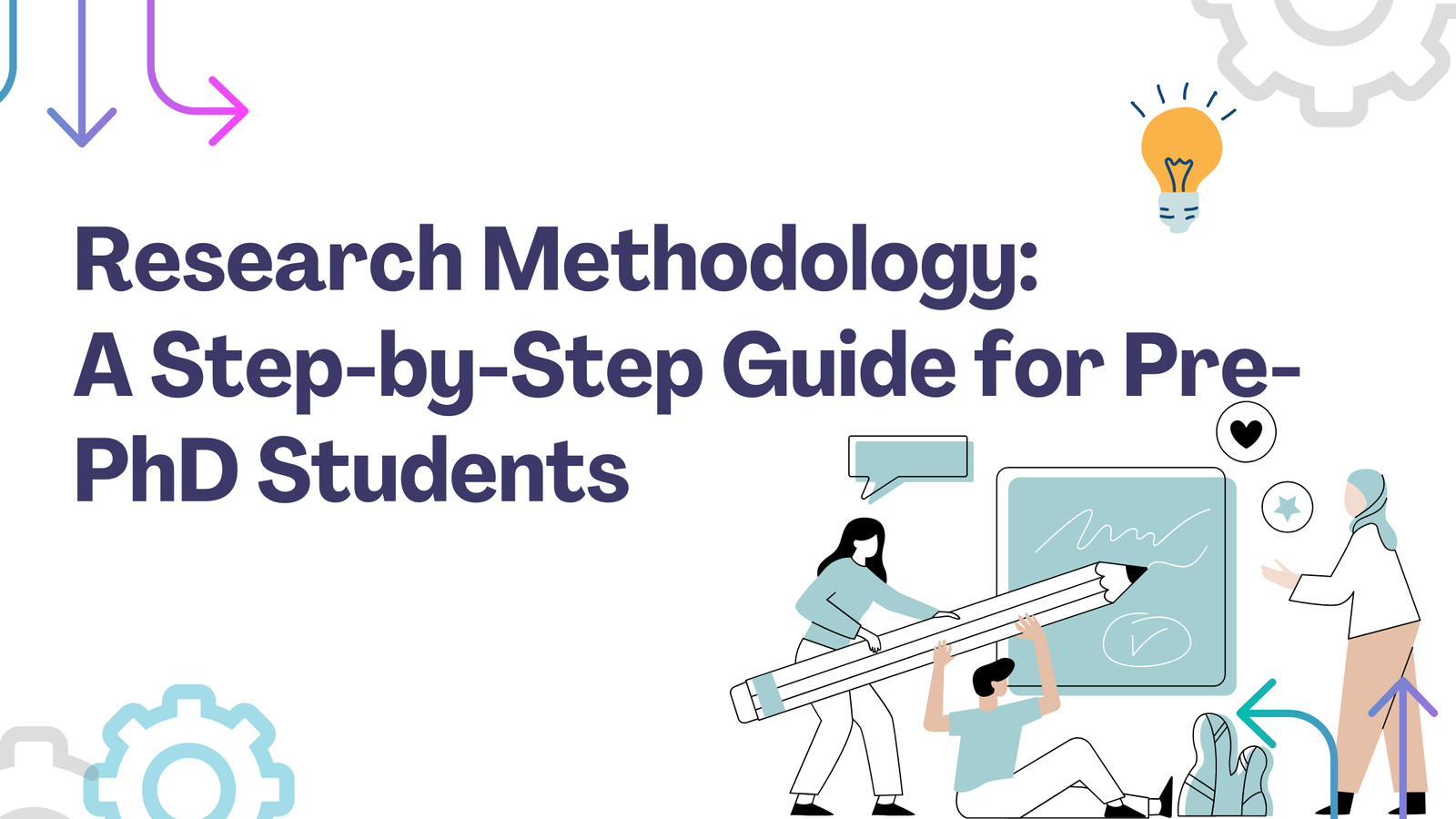Unsupervised Learning
Unsupervised Machine Learning: Unveiling Patterns in Data
Introduction
Machine learning (ML) is a transformative technology driving innovation across various industries. Among its branches, unsupervised learning plays a pivotal role in uncovering hidden patterns and structures in data without explicit supervision. Unlike supervised learning, where labeled data guides the model, unsupervised learning relies on the intrinsic properties of the data itself. This essay delves into the intricacies of unsupervised machine learning, exploring its methodologies, applications, challenges, and future prospects.
Understanding Unsupervised Learning
Unsupervised learning involves training algorithms on datasets without predefined labels. The goal is to identify inherent structures, relationships, or distributions within the data. By leveraging mathematical and statistical techniques, unsupervised learning reveals patterns that might otherwise remain unnoticed.
Key Characteristics
-
No Labeled Data: The absence of labels makes unsupervised learning flexible and applicable to a broad range of problems.
-
Exploratory Nature: It helps in data exploration, making it valuable in the initial stages of analysis.
-
Pattern Discovery: From clustering similar items to reducing dimensionality, unsupervised learning models excel at pattern recognition.
Core Techniques in Unsupervised Learning
The field of unsupervised learning encompasses several methods, each suited for specific types of problems. Key techniques include:
Clustering
Clustering aims to group similar data points into clusters based on their features.
-
K-Means Clustering:
-
Divides data into K clusters.
-
Iteratively minimizes the within-cluster variance.
-
Commonly used in market segmentation, document clustering, and image compression.
-
-
Hierarchical Clustering:
-
Builds a hierarchy of clusters using agglomerative or divisive methods.
-
Visualized through dendrograms, it’s ideal for identifying nested structures.
-
-
DBSCAN (Density-Based Spatial Clustering of Applications with Noise):
-
Groups data points based on density.
-
Effective for identifying clusters of arbitrary shape and handling noise.
-
Dimensionality Reduction
Dimensionality reduction techniques reduce the number of variables in a dataset while preserving its essential features.
-
Principal Component Analysis (PCA):
-
Projects data onto lower dimensions, maximizing variance.
-
Widely used for visualization and noise reduction.
-
-
t-SNE (t-Distributed Stochastic Neighbor Embedding):
-
Focuses on preserving local similarities.
-
Ideal for visualizing high-dimensional data.
-
Association Rule Learning
This method identifies relationships between variables in large datasets.
-
Apriori Algorithm:
-
Discovers frequent itemsets and association rules.
-
Commonly used in market basket analysis.
-
-
FP-Growth (Frequent Pattern Growth):
-
Improves efficiency by compressing the dataset into a tree structure.
-
Generative Models
These models generate new data samples based on the learned distribution of the dataset.
-
Autoencoders:
-
Neural networks that learn efficient data representations.
-
Useful for anomaly detection and data compression.
-
-
Generative Adversarial Networks (GANs):
-
Comprises a generator and discriminator in a competitive framework.
-
Widely used in image synthesis and data augmentation.
-
Applications of Unsupervised Learning
The versatility of unsupervised learning makes it invaluable across diverse domains. Some prominent applications include:
Customer Segmentation
Clustering techniques help businesses group customers based on purchasing behavior, enabling personalized marketing strategies.
Anomaly Detection
Unsupervised learning models identify outliers or anomalies in data, critical in fraud detection, network security, and quality control.
Recommendation Systems
By uncovering patterns in user preferences, unsupervised learning enhances recommendation systems for platforms like Netflix and Amazon.
Bioinformatics
In genomics and proteomics, clustering algorithms analyze genetic data to identify gene functions and disease markers.
Natural Language Processing (NLP)
Unsupervised methods like word embeddings (e.g., Word2Vec) and topic modeling (e.g., LDA) improve text understanding and generation.
Image Processing
Dimensionality reduction and clustering aid in image compression, segmentation, and content-based retrieval systems.
Challenges in Unsupervised Learning
Despite its potential, unsupervised learning presents several challenges:
Lack of Ground Truth
Without labeled data, evaluating the performance of unsupervised models is difficult. Metrics like silhouette score or Davies-Bouldin index offer indirect evaluation but are not always reliable.
Sensitivity to Hyperparameters
Many algorithms require careful tuning of hyperparameters, such as the number of clusters in K-means or the perplexity in t-SNE.
Scalability
Processing large datasets can be computationally expensive, especially for methods like hierarchical clustering or GANs.
Interpretability
Understanding the results of unsupervised models is often challenging, particularly for high-dimensional data or deep learning models.
Curse of Dimensionality
High-dimensional datasets can dilute the effectiveness of distance metrics, complicating clustering and other analyses.
Advances in Unsupervised Learning
The field of unsupervised learning is rapidly evolving, driven by advancements in algorithms, computing power, and research. Some notable trends include:
Deep Learning Integration
Deep unsupervised models, such as Variational Autoencoders (VAEs) and Deep Clustering Networks, combine the strengths of neural networks with traditional unsupervised techniques.
Self-Supervised Learning
A hybrid approach where models generate pseudo-labels from data, bridging the gap between unsupervised and supervised learning.
Graph-Based Methods
Graph neural networks (GNNs) and spectral clustering leverage graph structures to model complex relationships in data.
Reinforcement Learning Synergies
Unsupervised learning techniques augment reinforcement learning by pretraining agents on unsupervised objectives.
Ethical Considerations
The use of unsupervised learning raises ethical concerns, particularly around privacy and fairness.
-
Privacy: Algorithms can inadvertently reveal sensitive information, necessitating robust anonymization techniques.
-
Bias and Fairness: Without supervision, models may perpetuate or amplify existing biases in the data.
-
Transparency: Ensuring interpretability and accountability in decision-making processes is critical.
Future Directions
The future of unsupervised learning lies in addressing its current limitations and expanding its applicability.
-
Explainability: Developing methods to interpret unsupervised models will enhance trust and usability.
-
Scalability: Innovations in distributed computing and efficient algorithms will enable processing of larger datasets.
-
Hybrid Models: Combining unsupervised learning with supervised or semi-supervised approaches will unlock new possibilities.
-
Real-Time Processing: Real-time unsupervised learning systems will be crucial in dynamic environments like IoT and autonomous systems.
Take aways
Unsupervised machine learning is a cornerstone of data-driven discovery, enabling organizations to uncover patterns and insights from raw data. While challenges persist, ongoing research and technological advancements promise to overcome these hurdles, broadening the scope and impact of unsupervised learning. As data continues to grow in volume and complexity, the importance of unsupervised learning in shaping the future of AI cannot be overstated.
Latest Posts

Difference between Qualitative and Quantitative Research with Example
Research methodologies can be broadly categorized into qualitative and quantitative approaches. This article explores these differences using an example, including the use of statistics.

What is Qualitative Research Methodology, Methods and Steps
This comprehensive guide delves into the key aspects of qualitative research methodologies, supported by an example and insights into the qualitative research process.

Prim's Algorithm: Understanding Minimum Spanning Trees
Prim's Algorithm is a greedy algorithm used to find the Minimum Spanning Tree (MST) of a weighted, undirected graph.

Huffman Coding Algorithm Tutorial
Huffman Coding is a widely used algorithm for lossless data compression. It assigns variable-length codes to input characters, with shorter codes assigned to more frequent characters.

A step by step approach to learn Greedy Algorithm - Data Structure and Algorithms
A greedy algorithm is an approach for solving problems by making a sequence of choices, each of which looks best at the moment.

How to write an APA-style research proposal for PhD Admission
Writing a research proposal in APA (American Psychological Association) style involves adhering to specific formatting guidelines and organizational structure.

25 steps for Writing a Research Proposal: From Doctoral Research Proposals to Grant Writing and Project Proposals
In this How to write a research proposal guide, we break down the process of writing a research proposal into 25 detailed sections.

Mastering Linear Regression: A Comprehensive Guide to Data Collection and Analysis for Predictive Modeling
This article provides a comprehensive guide to mastering linear regression, focusing on data collection and analysis.

Apple Unveils Groundbreaking AI Innovations at WWDC 2024: Introducing Apple Intelligence and Siri's ChatGPT Integration
Apple's WWDC 2024 introduces Apple Intelligence, revolutionizing AI integration with smarter Siri, ChatGPT capabilities, and innovative features across iOS, iPadOS, and MacOS for enhanced user experience.

Research Methodology: A Step-by-Step Guide for Pre-PhD Students
research is a journey of discovery, and each step you take brings you closer to finding answers to your research questions.